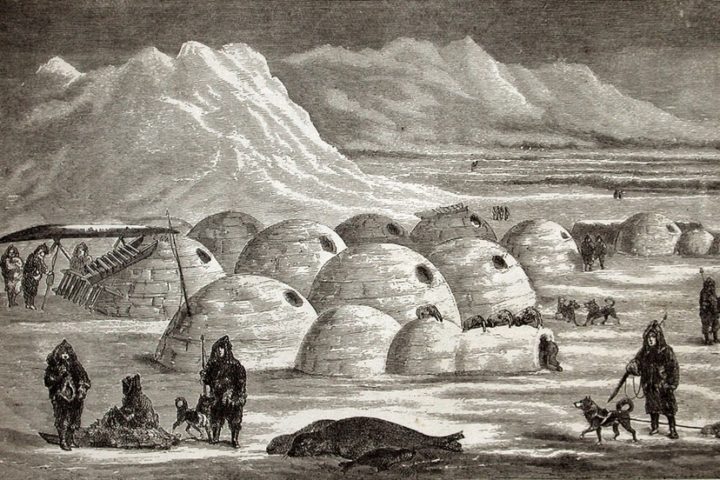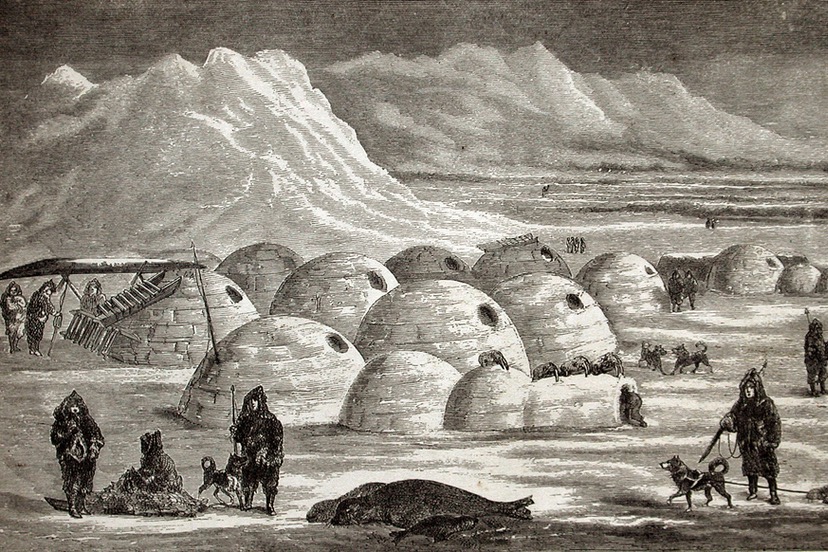Today in the Daily Post, you can read a summary of an ongoing (and possibly significant) public education controversy, written by Chalkbeat Colorado reporter Erica Meltzer. Ms. Meltzer gives us a quick overview of a debate taking place at the Colorado Department of Education (CDE), about whether to subject public school students to the annual CMAS (Colorado Measures of Academic Success) test this coming spring. This standardized test, or one like it, has been administered since 1997 here in Colorado, and has consistently documented a lack of “improvement” among public school students.
Standardized testing has been mandated by the federal government ever since the 2001 ‘No Child Left Behind’ legislation was signed into law by President George W. Bush. (The name has since been changed to ‘Every Student Succeeds Act’ [ESSA], which has a more ‘positive’ feel to it, even if the requirements are, for all practical purposes, just a onerous.) Colorado school districts receive federal funding under ESSA, so long as they have adopted state-wide “learning standards” which are enforced in classrooms, and so long as the state government administers standardized tests on an annual basis, to compare classroom, school, and district success to “expected” outcomes. In some school districts, the amount of federal funding can amount to 10% or more of the overall district budget.
The standardized test results most closely analyzed (and used to rate schools as “performance” or “in need of improvement”) are in “reading” and “mathematics.”
A majority of Colorado third-graders have failed to meet the “expected” outcomes in recent CMAS reading tests. Last school year, however, the federal government waived the testing requirement due to the pandemic, and Colorado did not administer the CMAS test in April. If you read Ms. Metzler’s article, you can get a sense of the disagreements about whether a 2021 CMAS test would be helpful, or harmful, to school districts and families.
But just what is this reading test that we’re talking about?

Here is a CDE sample of the reading test given to third graders:
Today you will research life in the Arctic. You will read a passage from “Inuit” and “Life in a Deep Freeze”. As you review these sources, you will gather information and answer questions about life in the Arctic so you can write an essay. Read the passage from the article “Inuit”. Then answer questions 1 and 2.
from “Inuit” by Carol White
In one of the most remote places in the world, the Canadian Arctic, a people have survived over a thousand of years. They are the Inuit. For the Inuit, the Arctic is a place teeming with life. Depending on how far north they live, the Inuit find everything from caribou herds and polar bears to beluga whales. The Inuit have adapted themselves to the various regions they inhabit. At one time they were considered to be among the healthiest people in the world. This is no longer the case; the Inuit lifestyle has changed dramatically over the past decades. The arrival of southerners and modern technology resulted in big changes to the Inuit diet and way of life.
Today, the Inuit are rediscovering their rich heritage and they are learning to govern themselves in a modern world…
The essay continues, discussing the traditional lifestyle of the Inuit people — food, clothing, shelter, way of life — using numerous terms with which no Colorado third grader should have any familiarity whatsoever. (What Colorado third grader as hunted a beluga whale? Not many, I bet.)
The 625-word essay has zero correlation with anything a Colorado third grader experiences in real life. (Nor does it have much relationship to the lives of most modern Inuits, for that matter.)
The student is then required to answer two questions.
1. Part A:What is the main idea of the passage from “Inuit”?
- A The Inuit are an ancient people living in a remote region.
- B The Inuit are skilled at surviving with only what nature provides.
- C The Inuit spend all of their time hunting animals in order to survive.
- D The Inuit have become dependent on modern conveniences in the past few years.
Part B: Which sentence from the passage supports the answer to Part A?
- A “For the Inuit, the Arctic is a place teeming with life.” (paragraph 1)
- B “The arrival of southerners and modern technology resulted in big changes to the Inuit diet and way of life.” (paragraph 1)
- C “Today, the Inuit are rediscovering their rich heritage and they are learning to govern themselves in a modern world.” (paragraph 2)
- D “In the summer, the Inuit often lived in tents that they made from caribou hides with wooden frames.” (paragraph 7)
Obviously, if a student gets the wrong answer to Part A, they will almost certainly get the wrong answer to Part B as well.
I consider myself to have a ‘better than third grade” reading level, and I would have a hard time — given the construction of the 625-word essay — answering Part A correctly. Unless there is a choice for “none of the above.” I suspect I would also fail to answer Part B correctly… unless I was lucky.
(Hint for third graders taking the CMAS reading test. If you don’t know the answer, choose B or C. Test designers, historically, most often put the correct answer in those positions.)
According to Carol White, the Inuit have survived in an Arctic wasteland for “over a thousand years” without access to cell phones, internal combustion engines, third-grade reading tests, or McDonald’s hamburgers. But times have changed.
We’re looking at several factors in this editorial series. We want to understand why Colorado third graders are failing to achieve the very thing Colorado schools are most focused on teaching — reading at “grade level”.
And at the same time, we want to understand how the future will look for those same third graders, and whether American education is somehow tragically stuck in the 1800s.

